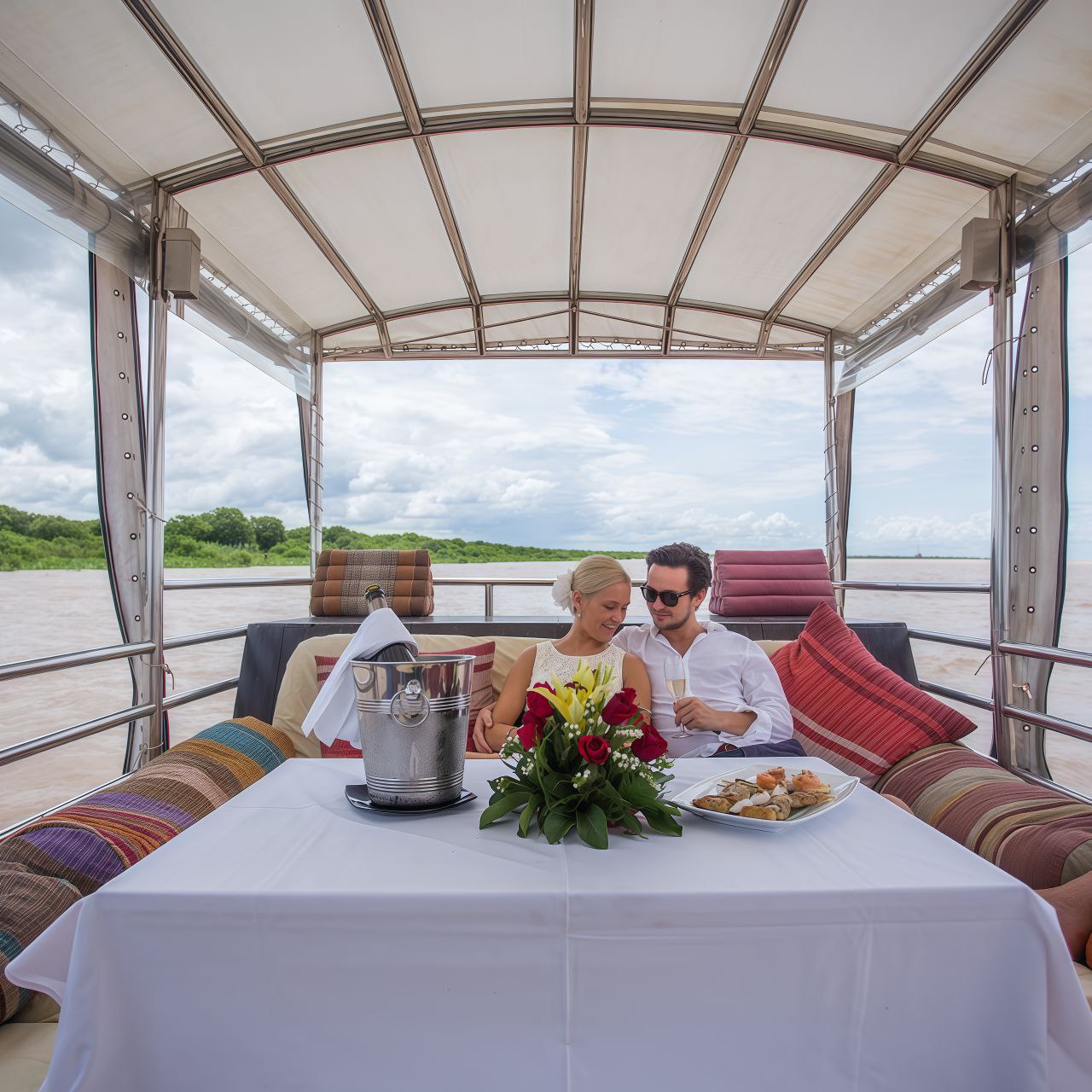Temple of Angkor
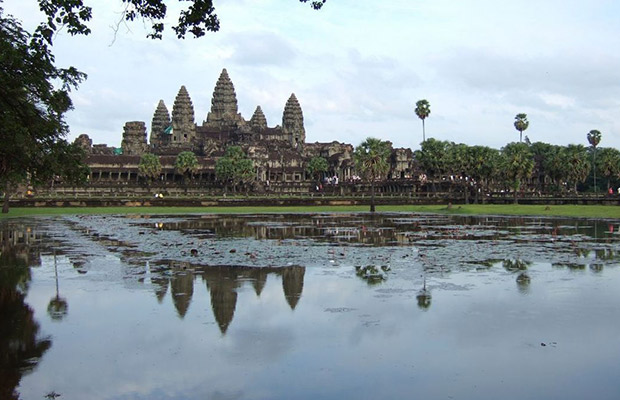
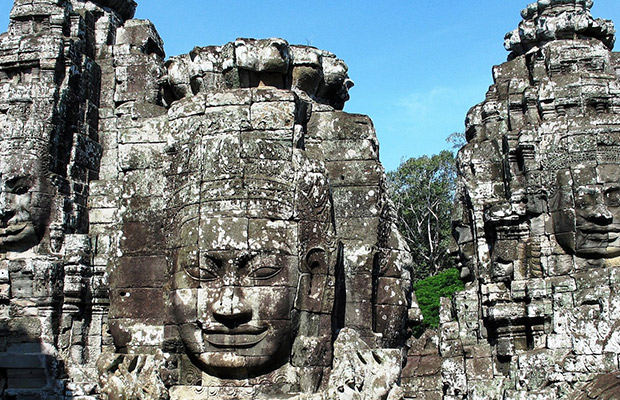
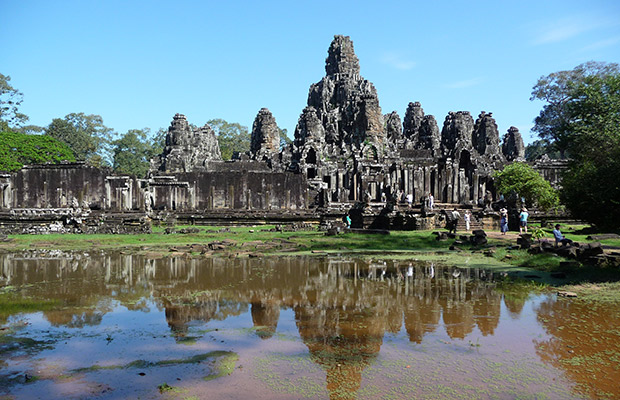
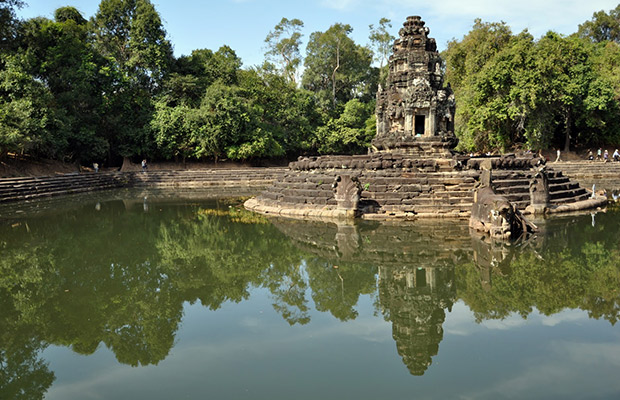
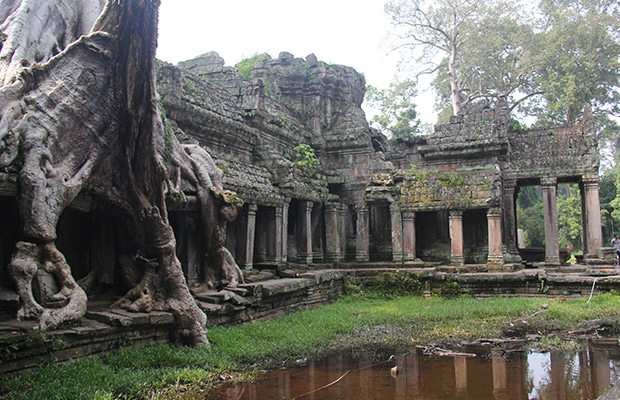
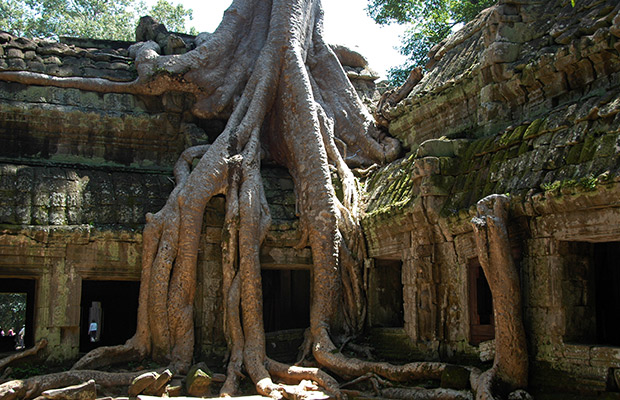
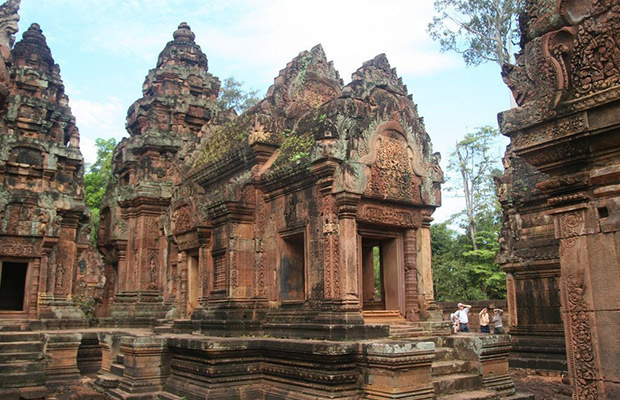
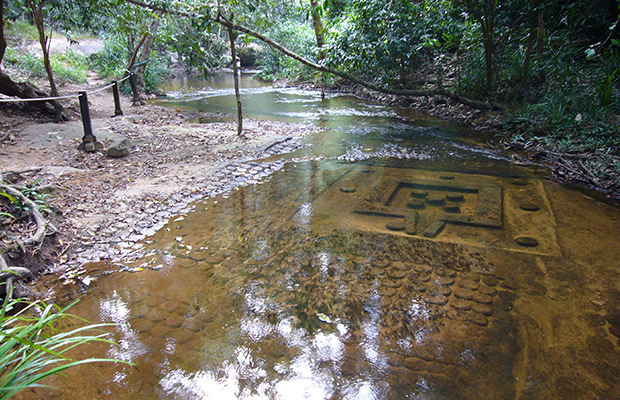
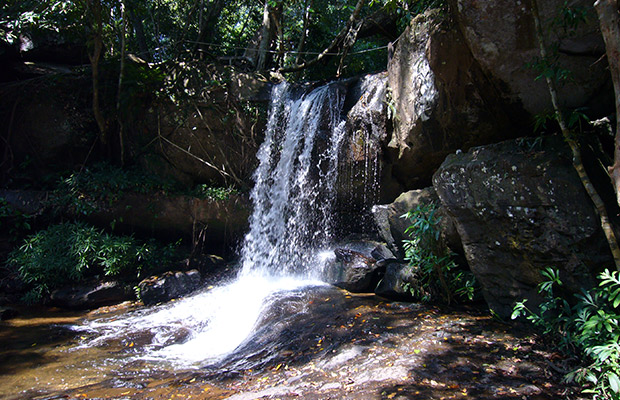
Temple of Angkor
Begin your day with the visit of Angkor Thom (“Large City”), the last capital of the Khmer Empire (late 12th – early 13th Century, Jayavarman VII): Stroll through the expansive setting and visit the most varied historical highlights: From the South Gate to the Terrace of the Leper King, the famous Bayon with its spectacular giant smiling Buddhas, the nearby temple-mountain of Baphuon, the Royal Enclosure with the Phimeanakas temple and the Terrace of the Elephants.
Travel Route
Siem Reap
Visit the Temples of Angkor
A – Bayon Temple – Angkor Wat for Sunset |



Begin your day with the visit of Angkor Thom (“Large City”), the last capital of the Khmer Empire (late 12th – early 13th Century, Jayavarman VII): Stroll through the expansive setting and visit the most varied historical highlights: From the South Gate to the Terrace of the Leper King, the famous Bayon with its spectacular giant smiling Buddhas, the nearby temple-mountain of Baphuon, the Royal Enclosure with the Phimeanakas temple and the Terrace of the Elephants. (Approximately 2 to 4 hours visit)
Break & lunch at the hotel (15 min. ride) or lunch at a nearby local restaurant.
In the afternoon, experience the world famous magnificent Angkor Wat Temple (early-mid 12th century, Suryavarman II) originally dedicated to the Hindu god Vishnu. This impressive temple-mountain is considered the masterpiece of Khmer architecture and sculptural art. It is the pride of the Kingdom.
After admiring the unequalled bas-reliefs and searching for the uniquely enigmatic Apsara smiles, climb to the top of the shrine and delight at looking at the sunset. (Approximately 2 hours visit)
B – Small Circuit with Ta Prohm – Big Circuit |



After breakfast, start exploring the Angkor Site with the Small Circuit and the Ta Prohm Temple (mid 12th to early 13th century, Jayavarman VII, enlarged by Indravarman II). This temple is one of the most famous as it is still exactly as it was when abandoned; overgrown by colossal ancient trees and roots. Continue to Banteay Kdei, also largely non restored, Sras Srang (“The pool of ablutions”),
Chau Say Thevoda and Thommanon, two smaller temples sometimes presented as twins though you will quickly discover their differences. (Approximately 2 and a half hours visit)
Break and lunch at the hotel (15 min. ride) or lunch at a nearby local restaurant.
In the afternoon explore three temples built during Jayavarman VII (late 12th – early 13th century); walking through the age-old Buddhist School and monastery Preah Khan (“Sacred Sword”). Continue to the small island temple of Neak Pean (“Entwined Nagas”), and then end an enriching day in the remote Ta Som. (Approximately 2 hours visit)
C – Banteay Srei – Kbal Spean |



After breakfast, ride for some 45 minutes through scenic countryside to the Shiva temple of
Banteay Srei, “the Citadel of Women” (late 10th century, by Rajendravarman). This unique small delicate pink sandstone temple is considered a true crown jewel of classical Khmer art, due to its very delicate carvings which cover almost its entire surface. (Approximately from 1 hour visit)
Picnic lunch at Kbal Spean: Choice of Khmer menu, Western menu & a Vegetarian menu
In the afternoon, hike 45 minutes through the forest to reach Kbal Spean, the “River of a Thousand Lingas” (11th to 13th century). The carved Lingas are symbols of fertility and attributes of the Hindu God Shiva. They were for two centuries chiselled into the rocky riverbed to ensure the water passing over them be charged with spiritual energy and fertilize the rice fields and lowland plains. This is one of the most striking proofs of the importance of water in Khmer civilisa- tion. (Approximately 2 hours visit)
- Early morning departure recommended (before 8h30) to avoid large crowds!
- To contemplate Sunrise, leave around 5h00!
- In the afternoon and to escape the heat, departure around 15h00 is suggested!
Prices are in accordance with number of persons, choice of guide, selected transport, departure time and visited area.


